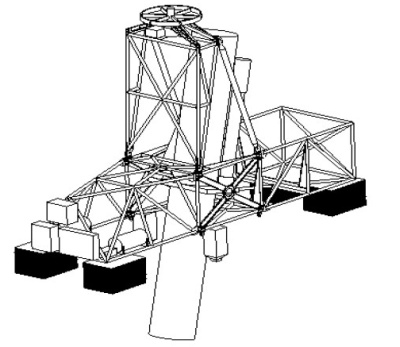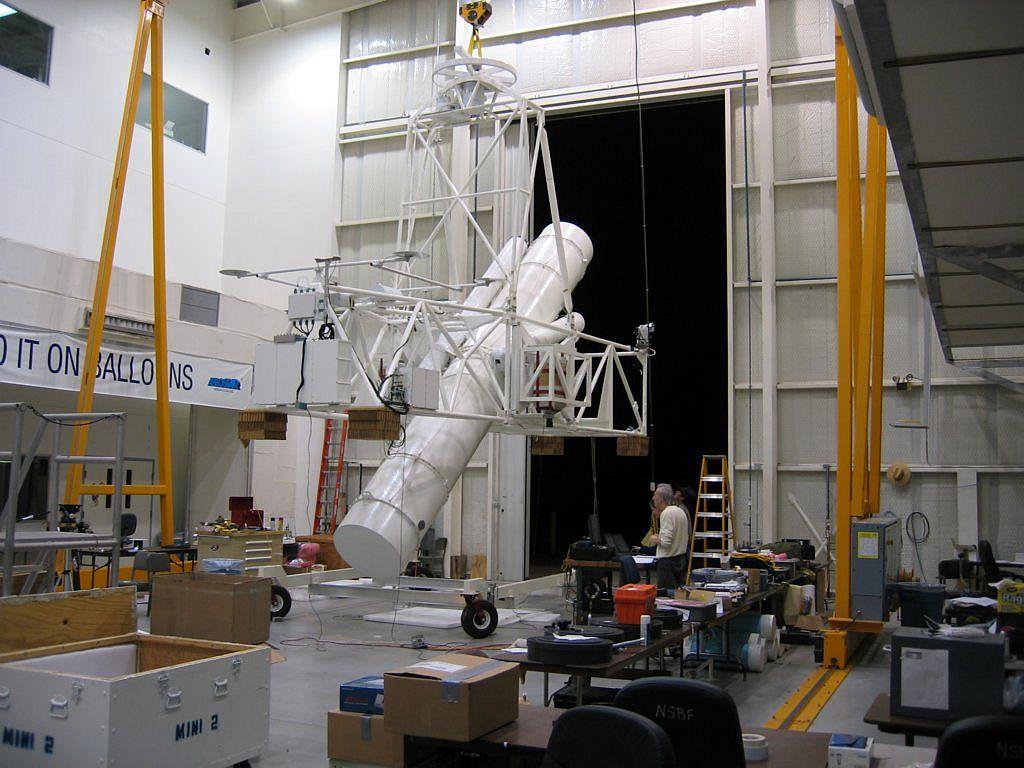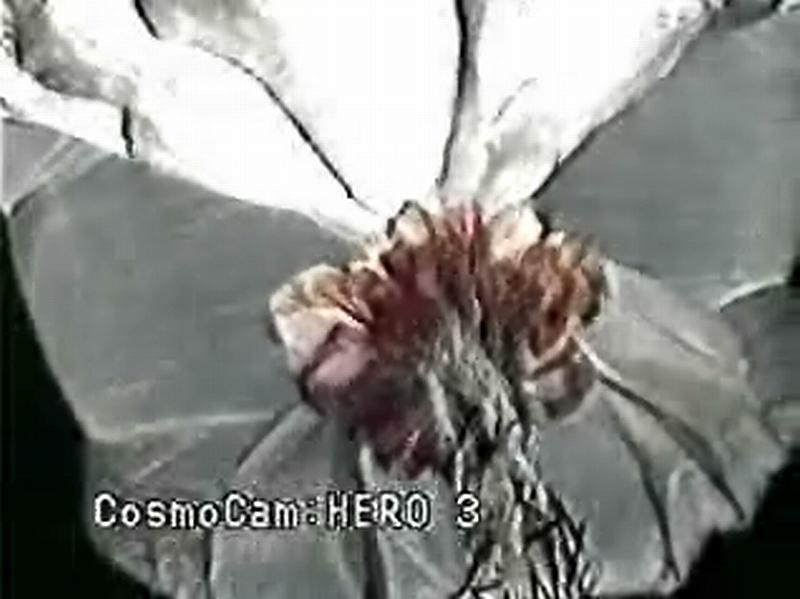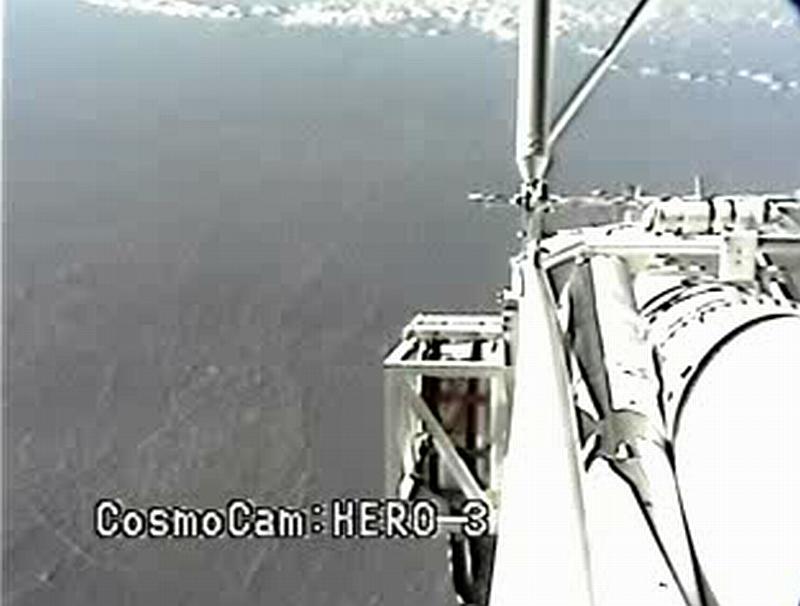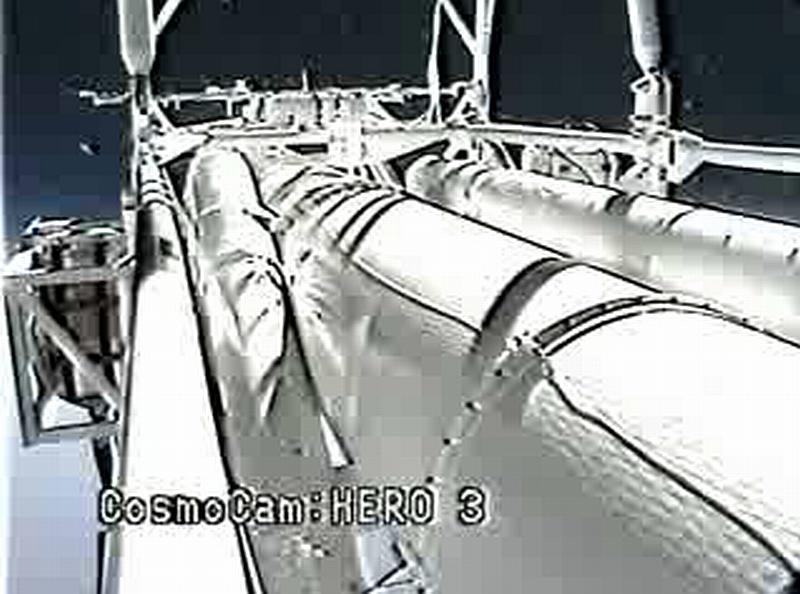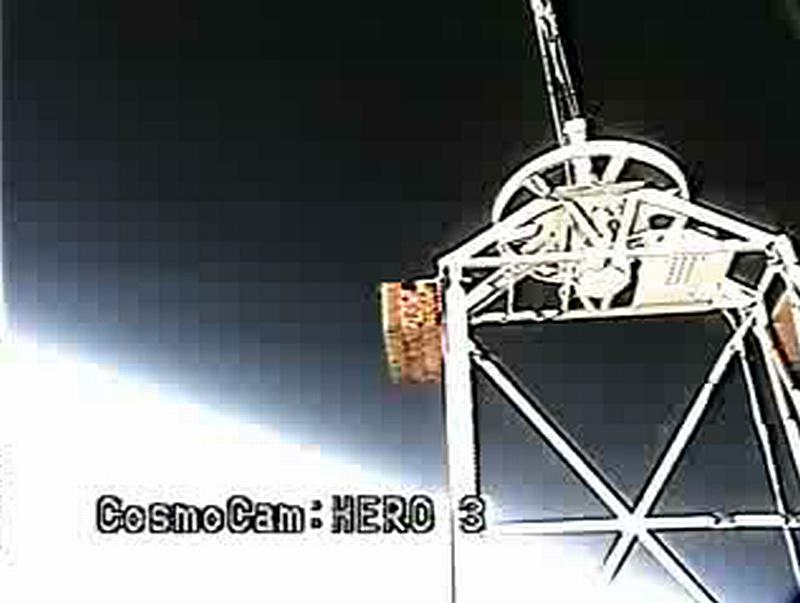Purpose of the flight and payload description
HERO was an X-Ray telescope and the first one aimed to obtain focused images of astronomical X-ray sources at hard X-ray energies (20-75 keV).
The key component (the hard X-ray optics) are full-shell electroformed-nickel-replicated (ENR) mirrors coated with iridium to enhance high-energy reflectivity. As the critical grazing angle for reflection varies approximately inversely with energy, these mirrors employ smaller angles than their low-energy counterparts and consequently have smaller diameters and collecting areas per shell. The mirrors have a 6 meter focal length.
To exploit the full potential of the HERO optics necessitates a balloon gondola that can provide commensurate pointing accuracy, stability, and pointing knowledge. The HERO gondola utilizes a coarse aspect system for slewing based on a differential global positioning system (GPS) and a fine inertial-mode pointing system that uses a novel day/night aspect camera system to update onboard gyroscopes. The total payload dimensions are 25 feet long, 6.5 ft wide and 16 ft high.
Details of the balloon flight
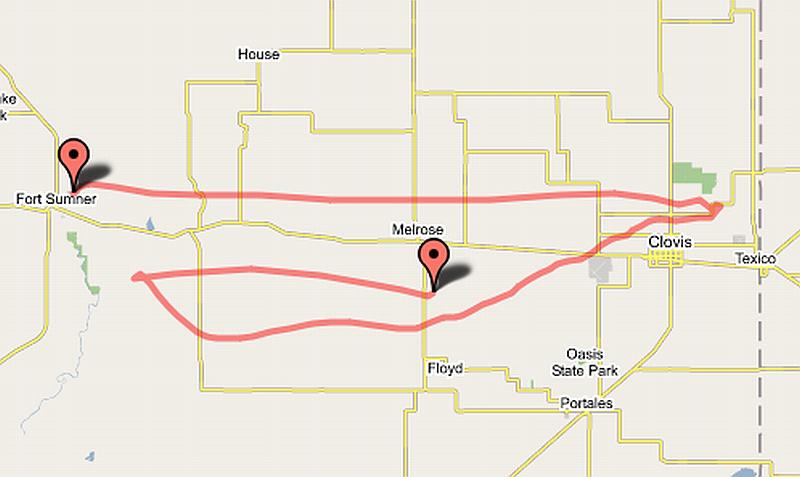
Balloon launched on: 9/25/2006 at 13:55
Launch site: Scientific Flight Balloon Facility, Fort Sumner, (NM), US
Balloon launched by: Columbia Scientific Balloon Facility (CSBF)
Balloon manufacturer/size/composition: Zero Pressure Balloon Raven - 39.570.000 cu ft - (0.8 Mil.)
Balloon serial number: W 39.57-2-58
Flight identification number: 560N
End of flight (L for landing time, W for last contact, otherwise termination time): 9/25/2006 at 19:40
Balloon flight duration (F: time at float only, otherwise total flight time in d:days / h:hours or m:minutes - ): 6 h 24 m
Landing site: 31.5 nm E southeast of Fort Sumner, NM, USA
Payload weight: 3220 lbs
Overall weight: 5470 lbs
The balloon was launched by dynamic method with assistance from launch vehicle in excellent weather conditions on September 25th at 13:55 utc.
The release from the pin, the collar separation, and the initial ascent through the tropopause, were normal. At approximately 83,000 feet, the balloon developed an anomalous rate of ascent due to unknown causes, reaching a maxiumum altitude of approximately 92,000 feet. The following shallow rate of descent could not be arrested by dropping ballast, and the flight was terminated using standard proceedures at the first safe opportunity.
The separation ocurred at 19:40 UTC and the impact was at 20:19 UTC in coordinates 34º 21' N / 103º 36' W (31.5 nautic miles east southeast of Fort Sumner, New Mexico). The ground recovery crew found that the payload landed upright, and was in excellent condition. Nevertheless, a more carefull examination showed some damage in the telescope, so the re-launch of the telescope the same year was cancelled.
No scientific data was obtained due to the balloon failure. Also due to the damage sustained by the telescope at landing it was returned to Huntsville, Alabama for repairings.
External references
- HERO website Marshall Space Flight Center, NASA
- Balloon Launches INSIDE WALLOPS - Volume XX-06 - Number 35
- HERO : High-Energy Replicated Optics for a Hard-X-Ray Balloon Payload Proc. SPIE Vol. 4138, p. 147-153, X-Ray Optics, Instruments, and Missions IV
2369If you consider this website interesting or useful, you can help me to keep it up and running with a small donation to cover the operational costs. Just the equivalent of the price of a cup of coffee helps a lot.

